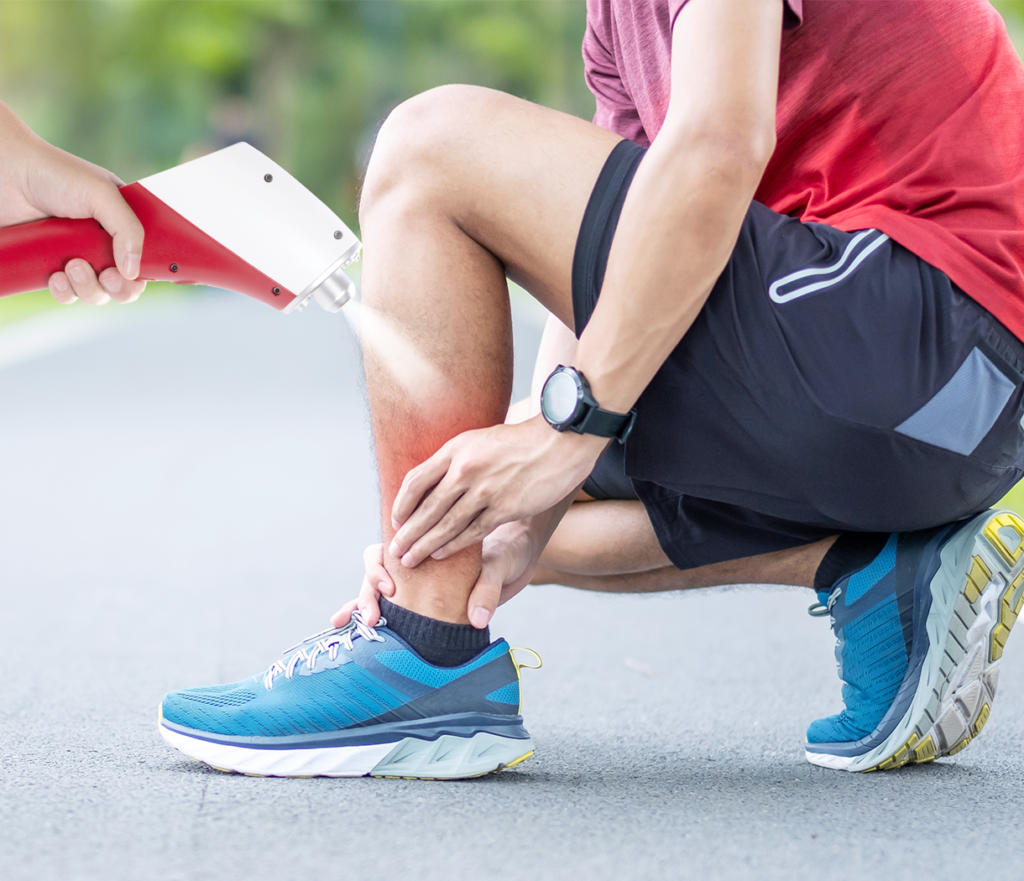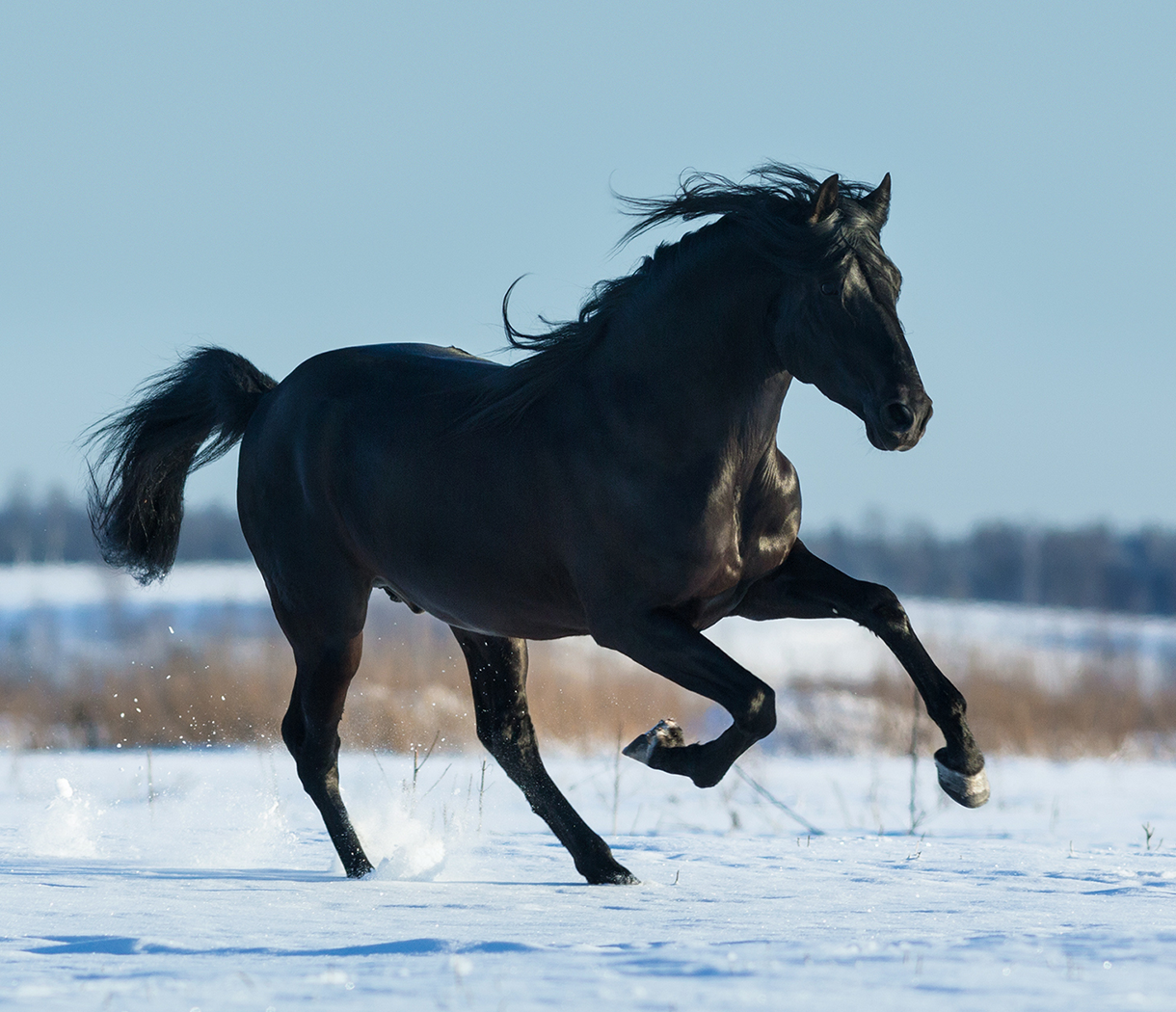Introduction: The Cold Revolution in Athletic Recovery
Modern athletes continuously seek innovative methods to enhance performance and accelerate recovery. Among emerging recovery modalities, cryotherapy has captured significant attention within the competitive sports community. This cold-based therapeutic approach promises to revolutionize how endurance athletes prepare, perform, and recover from demanding training regimens.
The Rise of Cryotherapy in Sports
Elite athletes and weekend warriors alike have embraced cold therapy as an essential recovery tool. Professional sports teams now routinely integrate cryotherapy into their training protocols, while recreational athletes increasingly access these treatments at specialized wellness centers. The scientific community has responded with numerous studies examining the physiological effects of controlled cold exposure on athletic performance markers. Contemporary sports medicine recognizes cryotherapy as a legitimate intervention for managing exercise-induced inflammation and accelerating recovery. The treatment has evolved from simple ice application to sophisticated whole-body chambers and targeted localized devices. As research expands, practitioners better understand how strategic cold exposure influences various aspects of athletic performance, particularly in endurance-focused disciplines.
What Makes CO₂ Cryotherapy Different?
Carbon dioxide cryotherapy represents a distinct approach within the broader cryotherapy category. Unlike whole-body cryotherapy chambers or traditional ice applications, CO₂-based systems deliver extremely cold temperatures through localized application. These devices utilize pressurized carbon dioxide, which reaches temperatures of approximately -78°C (-108°F) when released, creating a thermal shock effect on targeted tissue areas. The delivery mechanism involves brief exposure periods, typically lasting between 10 to 15 seconds per treatment area. This precise, concentrated application allows practitioners to target specific muscle groups or joints with remarkable accuracy. The rapid temperature drop triggers immediate physiological responses, including vasoconstriction followed by reactive hyperemia, potentially offering advantages over more gradual cooling methods employed by conventional cryotherapy approaches.
Why Endurance Athletes Are Paying Attention
Endurance athletes face unique recovery challenges stemming from prolonged, repetitive muscular contractions and sustained cardiovascular demands. Distance runners, cyclists, triathletes, and endurance swimmers experience cumulative fatigue, delayed-onset muscle soreness (DOMS), and systemic inflammation following intensive training sessions. These physiological stressors can compromise subsequent performance and increase injury risk if inadequately addressed through recovery interventions. CO₂ cryotherapy appeals to this population because it promises accelerated recovery between training sessions while potentially enhancing circulation and oxygenation to working muscles. The localized nature allows treatment of specific overworked muscle groups without the systemic effects of whole-body cooling. As competitive margins narrow and training demands intensify, endurance athletes seek every legitimate advantage to maintain consistent high-level performance throughout demanding training cycles and competitive seasons.
Understanding the Science Behind CO₂ Cryotherapy
The physiological mechanisms underlying CO₂ cryotherapy involve complex interactions between thermal stimuli and biological systems. Understanding these processes helps athletes and practitioners optimize treatment protocols and set realistic expectations regarding potential benefits.
How CO₂ Cryotherapy Works on the Body
Cold exposure causes blood vessels to constrict, reducing blood flow to affected areas, which helps decrease inflammation and swelling while potentially relieving pain. When pressurized CO₂ contacts skin at -78°C for 10-15 seconds, it creates an intense but brief thermal stimulus. This rapid cooling penetrates superficial tissue layers, triggering immediate neurovascular responses. Thermoreceptors detect the temperature change, initiating reflex pathways that modulate local blood flow and activate the autonomic nervous system. Following the initial vessel narrowing, vasodilation occurs, helping flush metabolic waste while enhancing oxygen and nutrient delivery to muscles, potentially accelerating healing processes. This cyclical vascular response represents a key mechanism through which localized cryotherapy may facilitate recovery. The treatment also temporarily reduces nerve conduction velocity, contributing to its analgesic effects and allowing athletes to move more comfortably during subsequent training sessions.
Effects on Circulation and Muscle Oxygenation
The vascular dynamics following CO₂ cryotherapy application differ from sustained cooling methods. The brief, intense cold stimulus creates a biphasic circulatory response: initial vasoconstriction limits blood flow and reduces metabolic activity in treated tissues, while subsequent reactive hyperemia potentially increases circulation beyond baseline levels. This enhanced blood flow theoretically delivers increased oxygen and nutrients to recovering muscle tissue while facilitating removal of metabolic byproducts accumulated during exercise. Muscle oxygenation patterns may influence endurance capacity and recovery rates. Enhanced oxygen delivery to skeletal muscle following cryotherapy could support mitochondrial function and aerobic metabolism during subsequent training bouts. However, the magnitude and duration of circulatory changes depend on multiple factors, including treatment duration, target tissue depth, and individual vascular responsiveness. Current research continues exploring how these circulatory modifications translate into measurable performance benefits for endurance athletes.
The Role of Cold Therapy in Reducing Fatigue
Neuromuscular fatigue arises from both muscular and central nervous system factors. Cold therapy targets these mechanisms by lowering tissue temperature, slowing metabolism, and reducing fatigue-related metabolites such as lactate and hydrogen ions. This helps preserve muscle function and delay fatigue during later exercise. Studies show that a 20-minute CO₂ cryotherapy session restores muscle power faster than ice or passive recovery, likely by maintaining blood flow while cooling tissues. Cold exposure also eases pain and psychological fatigue by reducing inflammation and delayed-onset muscle soreness, enhancing motivation and readiness for subsequent training. Additionally, its neurophysiological effects—particularly modulation of sympathetic nervous system activity—may further decrease perceived fatigue and promote overall recovery.
Scientific Evidence: What Research Says About Endurance and Performance
Studies have reported that cryotherapy may improve endurance exercise performance and muscle strength while reducing perceptions of pain and fatigue and attenuating markers of exercise-induced muscle damage and inflammation. However, the research landscape presents a nuanced picture with varying results depending on protocols, populations, and outcome measures examined. Recent systematic reviews suggest modest benefits for certain performance parameters while showing limited effects on others. The variability in findings likely reflects differences in cryotherapy modalities (whole-body versus localized), application timing, treatment frequency, and individual response patterns. Importantly, while some studies demonstrate acute recovery benefits, questions remain regarding whether regular cryotherapy use during training periods might interfere with beneficial training adaptations. Athletes and practitioners should consider this evolving evidence base when incorporating CO₂ cryotherapy into training regimens, recognizing both potential benefits and remaining uncertainties.
CO₂ Cryotherapy and Endurance: Real-World Benefits
Beyond laboratory findings, practical applications of CO₂ cryotherapy reveal how endurance athletes integrate this modality into comprehensive training and recovery programs.
Enhanced Recovery Between Training Sessions
Endurance athletes accumulate stress across consecutive workouts, risking overtraining if recovery is inadequate. CO₂ cryotherapy serves as an efficient recovery tool applied within hours after intense sessions, focusing on primary muscle groups. Its rapid, localized application makes it easy to fit into demanding schedules. Research and user reports indicate reduced muscle soreness and perceived fatigue after just one session, leading to improved readiness for subsequent training. Enhanced psychological recovery—including less pain and greater motivation—allows athletes to sustain higher workloads or intensities. Beyond measurable recovery markers, the subjective sense of being “ready to train” strongly influences performance consistency. When athletes feel physically and mentally restored, they maintain better focus, technique, and effort across sessions, ultimately promoting long-term training quality and reducing cumulative fatigue effects.
Potential Boost in Stamina and Performance
Although direct performance enhancement remains under scientific investigation, evidence and athlete feedback suggest possible stamina benefits from CO₂ cryotherapy. Proposed mechanisms include improved circulation, reduced inflammation, and enhanced neuromuscular efficiency. By minimizing soreness and stiffness, athletes may move more efficiently, translating to better endurance output. The link between recovery and performance is multifaceted: consistent, high-quality training enabled by faster recovery often yields superior long-term adaptations. Whether CO₂ cryotherapy directly affects aerobic capacity or lactate threshold is still unclear, yet its indirect benefits are notable. Maintaining strong training continuity while minimizing fatigue and injury risk can improve performance outcomes across training cycles. Over time, these incremental advantages may support sustained progression in endurance metrics and competitive performance reliability.
Mental Benefits: Focus, Energy, and Motivation
Psychological recovery plays an equally vital role as physical repair in sustaining performance. CO₂ cryotherapy provides athletes with a sense of control over recovery, reducing anxiety tied to training stress. The cold-to-warm sensory transition produces a refreshing, invigorating effect that elevates mood and alertness. Reduced soreness and discomfort enhance motivation, helping athletes approach sessions with renewed energy and positivity. This improved mental state often translates into sharper focus during technical drills and greater tolerance for demanding workloads. Additionally, cold exposure may stimulate the sympathetic nervous system, heightening concentration and perceived energy levels. Although individual responses vary, many athletes report feeling mentally reset after treatment, ready to train with higher engagement and confidence. The synergy of physical ease and mental clarity supports consistency and peak performance over extended training phases.
Practical Tips: How to Incorporate CO₂ Cryotherapy into Training
- Plan cryotherapy sessions strategically according to your training periodization.
- Apply treatments within 1–4 hours post-exercise when inflammation peaks.
- Focus on primary muscle groups used in the specific workout.
- Spend about 10–15 seconds per area, covering multiple regions in one session.
- Adjust treatment frequency based on training volume, intensity, and recovery capacity.
- Use cryotherapy daily or every other day during heavy training blocks for faster recovery.
- In lighter or maintenance phases, 2–3 sessions per week are usually sufficient.
- Track recovery using muscle soreness, sleep quality, and performance indicators.

Risks, Limitations, and Considerations
While generally considered safe when properly administered, CO₂ cryotherapy involves considerations that athletes must understand before incorporating this modality into their recovery routines.
Safety and Side Effects of CO₂ Cryotherapy
Localized CO₂ cryotherapy is generally safe when applied correctly. The most common side effects include temporary redness, tingling, or numbness that resolve quickly after treatment. Short exposure times (10–15 seconds per area) minimize the risk of cold burns or frostbite while ensuring therapeutic benefits. However, improper application or excessive duration can cause skin injury. Individuals with cold sensitivity, Raynaud’s phenomenon, vascular disease, or certain heart conditions should seek medical advice before use. Pregnant individuals and those with uncontrolled hypertension should also exercise caution. Athletes must inform practitioners of any injuries or health issues affecting treated areas. Qualified professionals assess suitability, adjust parameters, and ensure safe, effective application. When integrated responsibly, CO₂ cryotherapy offers recovery benefits with minimal risk, complementing other established recovery methods.
Myths vs Facts: What You Should Really Expect
Cryotherapy often appears overstated in media, leading to unrealistic expectations. A common myth claims it delivers instant performance gains or total fatigue elimination, yet science shows it’s one of many recovery tools—not a cure-all. It can accelerate certain recovery processes but cannot replace rest, nutrition, or balanced training. Another misconception is that longer or more frequent sessions produce greater effects. In reality, CO₂ cryotherapy’s optimal exposure window is brief, and excessive use may reduce adaptive benefits or cause tissue stress. The key physiological “thermal shock” occurs within seconds, meaning more is not always better. Understanding these facts allows athletes to use cryotherapy effectively—enhancing recovery within a comprehensive training and recovery plan rather than relying on it as a miracle performance booster.
When and How Often Should You Use CO₂ Cryotherapy?
Timing and frequency depend on training demands and individual recovery needs. Most athletes apply CO₂ cryotherapy within 1–4 hours post-exercise, when inflammation peaks and recovery effects are greatest. Some also use it pre-competition for pain relief or focus enhancement, though overuse may dampen beneficial pre-performance arousal. Frequency varies: during intense training or competition phases, 3–5 sessions weekly may be helpful, while base-building periods may only need 1–3 sessions to preserve adaptive responses. Monitoring recovery quality, soreness, and performance indicators helps personalize frequency. Integrating cryotherapy within a periodized recovery plan ensures benefits without impairing training adaptation. Used strategically, CO₂ cryotherapy supports consistent performance while preventing overtraining and cumulative fatigue.
Expert Insights and Athlete Experiences
Combining scientific perspectives with practical experiences provides a comprehensive view of CO₂ cryotherapy’s role in endurance training and recovery.
Sports Scientist Opinions and Study Summaries
Sports scientists acknowledge the physiological benefits of cryotherapy—such as reduced inflammation and muscle soreness—while emphasizing that evidence for direct performance gains remains limited. Research confirms short-term recovery improvements, but long-term effects on training adaptations require further study. Experts caution that frequent cold exposure may interfere with beneficial inflammatory and adaptive processes essential for endurance training. For athletes whose success relies on cumulative adaptations, strategic use is crucial. Scientists recommend applying CO₂ cryotherapy primarily during high-intensity or competition phases, when recovery demands peak, rather than as a daily practice. The consensus frames cryotherapy as a targeted recovery aid, not a replacement for foundational recovery elements like rest, nutrition, and periodized training. Overall, researchers advocate moderation, individualization, and context-based use supported by ongoing scientific evaluation.
Endurance Athlete Testimonials
Endurance athletes report mixed but generally positive experiences with CO₂ cryotherapy. Many describe reduced soreness, lighter legs, and faster recovery after demanding training sessions or races. Runners highlight improved mobility and less fatigue, while cyclists find targeted cooling of quadriceps and hip flexors helps maintain performance consistency. However, responses vary—some athletes notice minimal differences compared to traditional recovery methods. Many value the psychological refreshment, noting that cryotherapy enhances confidence, motivation, and perceived readiness. Those achieving the best results typically combine treatments with complementary recovery strategies like proper sleep, balanced nutrition, and structured training loads. This holistic approach appears most effective for sustaining long-term performance benefits. CO₂ cryotherapy thus serves as a supportive recovery component, especially during intense or high-stress periods, rather than a standalone performance solution.
Evidence vs Hype: What’s Real About CO₂ Cryotherapy?
Evaluating CO₂ cryotherapy requires separating scientific evidence from marketing hype. Research consistently shows it reduces inflammation, pain, and muscle soreness, supporting its use as a recovery enhancer. By lowering tissue temperature and modulating circulation, it helps athletes feel less fatigued and more prepared for subsequent sessions. However, claims of dramatic performance boosts, rapid healing, or major training adaptations are not strongly supported by current evidence. Cryotherapy works best as an adjunct therapy within a comprehensive recovery framework, complementing rest, nutrition, and intelligent load management. Experts emphasize realistic expectations: while beneficial, CO₂ cryotherapy is not a miracle solution. When applied purposefully and safely, it enhances perceived recovery and supports consistent training, offering genuine but limited benefits grounded in scientific understanding rather than marketing exaggeration.
Conclusion: Does CO₂ Cryotherapy Really Help You Go the Extra Mile?
CO₂凍結療法 offers measurable physiological benefits that can support endurance athletes when used appropriately. It helps reduce inflammation, decrease muscle soreness, and accelerate recovery through localized effects on circulation and tissue temperature. However, evidence does not support claims of dramatic performance enhancement. Instead, CO₂ cryotherapy functions best as a targeted recovery aid within a comprehensive program emphasizing sleep, nutrition, and structured training. Athletes who integrate it strategically—especially during high-stress or competition phases—may experience improved recovery and greater training consistency. The “extra mile” it provides stems from sustained quality training rather than immediate performance boosts. Endurance athletes seeking marginal yet meaningful advantages should view CO₂ cryotherapy as one complementary tool among many. Consulting qualified practitioners and monitoring personal responses ensures safe, effective application aligned with long-term athletic development and optimal performance outcomes.



